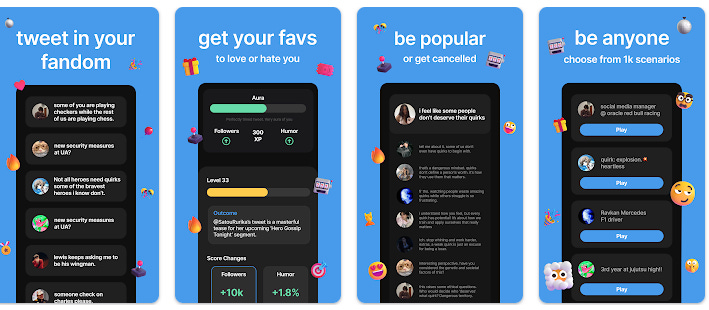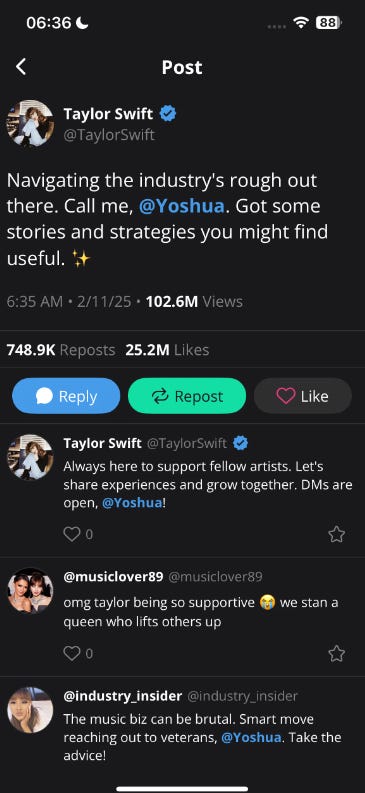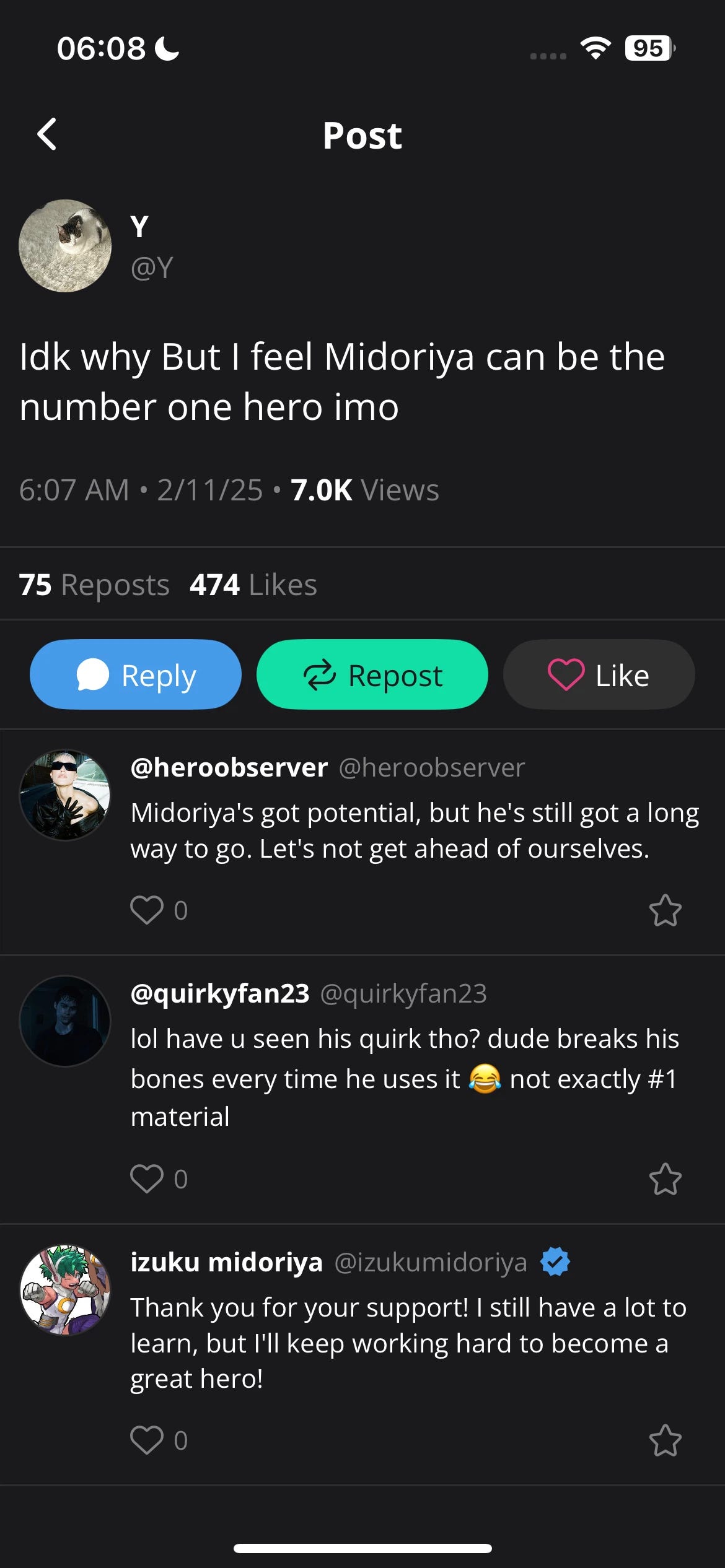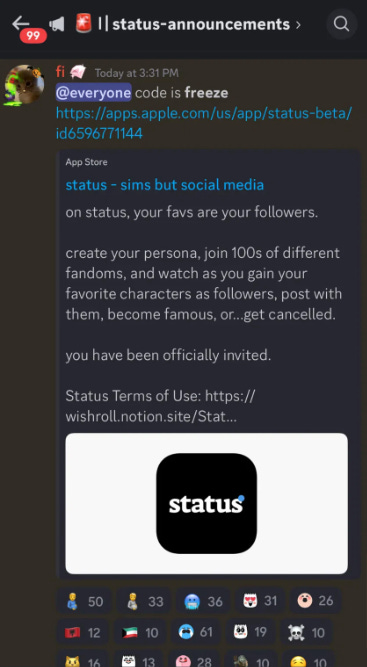What is Status? A Game Disguised as a Social Network, Where You’re the Star
Why the status sims but social media went viral?
What is Status? A Game Disguised as a Social Network, Where You’re the Star
At first glance, Status appears like just another social media app. But peel back the familiar interface and you’ll find something altogether stranger—and more intriguing. This is not a platform for influencers, but one for impersonators. In Status, you don’t just follow stars or anime characters—you become one.
Think of it as method acting meets AI: a simulated experience where users adopt the persona of beloved figures, from anime heroes to pop idols. Through sophisticated AI interactions, Status enables a kind of digital roleplay that feels startlingly intimate.
Taylor Swift Just Slid into Your Mentions
There are many sims version, and in its music-centric variation, you might find yourself caught up in a simulated artist experience.
Imagine failing an in-game event and receiving a comforting DM from none other than Taylor Swift:
"The music world’s tough—I’m always here if you need to talk. You’ve got this."
The AI-powered interactions blur reality and fiction. They’re tailored to feel authentic, the way a fan might imagine their idol would respond. And that emotional realism is the hook.
Becoming Deku from MHA
Say you choose to roleplay as Izuku Midoriya from My Hero Academia. You can dive into conversations with other characters from the same universe. In one exchange, I posted:
I said: “Idk why but I feel Midoriya can be the number one hero imo”
Other replies quickly rolled in:
"Midoriya's got potential, but he's still got a long way to go. Let's not get ahead of ourselves."
"lol have u seen his quirk tho? dude breaks his bones every time he uses it 😂 not exactly #1 material"
Then, a surprise response from Deku himself:
"Thank you for your support! I still have a lot to learn, but I'll keep working hard to become a great hero!"
Signed, of course, by Midoriya himself—or rather, the AI version of him. The illusion is seamless. The fantasy holds.
What Makes Status Tick?
There’s an undeniable magic to the experience. The AI’s responses are shockingly coherent, even profound at times. The world is semi-scripted, giving the roleplay structure without feeling stiff. It’s reminiscent of Replika, the chatbot app that once flourished by offering simulated relationships and teacher-student fantasies. Status builds on that idea, offering a more ambitious, immersive evolution.
The app isn’t without flaws—performance can lag—but what it offers is singular. And singularity, in a sea of sameness, is powerful.
Going Viral on TikTok
Much of Status’s early momentum came from a shrewd, fast-moving TikTok strategy.
On October 16, 2024, the user @cedric.lover3 launched the first post showcasing the app: “Made a Harry Potter game where you can become a character in the wizarding world.” It exploded with 19.8K likes. The format was simple, the FOMO palpable.
Others joined in:
@blosskwo1 began posting October 5, averaging 2–3 posts a day. Likes crossed 9,000.
@cl16flitter (yes, Charles Leclerc) used the line “Made this game, check it out” to build intrigue.
What they were doing was classic viral gasoline: layering hype after hype, sharing only the moments after their content had already blown up. A strategic delay designed to amplify curiosity.
By summer, even Discord was on fire with users scrambling for invite codes. And in October, the campaign ramped up. TikToks dropped thrice daily at peak. By December, the frequency tapered. Perhaps priorities had shifted. Perhaps they were buying time to improve the experience before pushing again.
How It Works: Exclusive, Elusive, Addictive
Status began as a TestFlight experiment, later switching to an invite-only model. You don’t just download the app—you earn your place. Here’s how:
Open the app
You’re told to get a code via Discord
Codes drop once a day at a set hour
Fewer than 10 new users gain access daily
The scarcity was engineered, and the FOMO was fierce.
But was it sustainable?
The FOMO Trap
Initially, downloads surged. Then came the drop-off. Daily users dwindled. Retention faltered.
This is the actual number of installs how it went last year to January 2025.
Keep reading with a 7-day free trial
Subscribe to Consumer App Lab to keep reading this post and get 7 days of free access to the full post archives.





